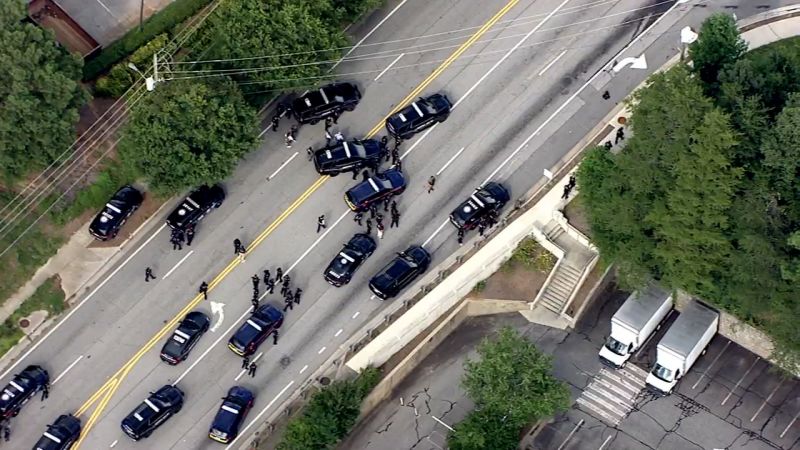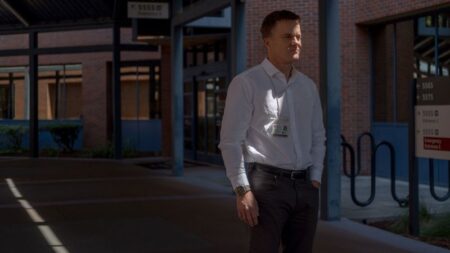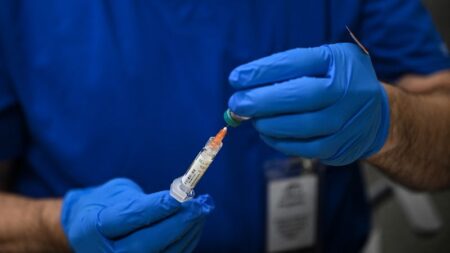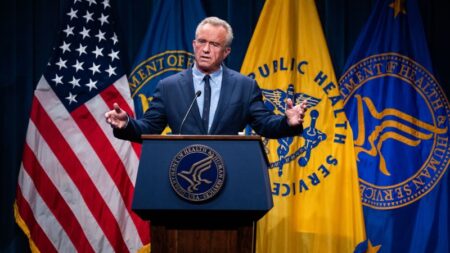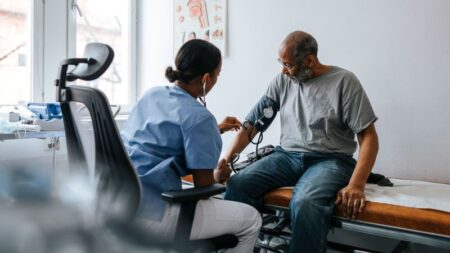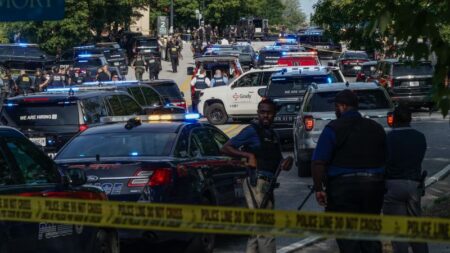On a seemingly ordinary Friday afternoon, employees working at the Centers for Disease Control and Prevention (CDC) in Atlanta found themselves in a terrifying situation. As their workday was coming to a close, an unexpected and horrifying intrusion occurred when shots rang out, shattering office windows and disturbing the workplace. The CDC, a pivotal U.S. public health agency, encountered a stark embodiment of violence and fear when someone, driven potentially by anti-vaccine sentiment, opened fire on its premises.
The sequence of events began shortly before 5 p.m. at a nearby CVS pharmacy located across from the CDC. The gunman, later identified as 30-year-old Patrick Joseph White from Kennesaw, Georgia, directed his rage at the CDC complex, leading to a chaotic scene in the upscale Atlanta neighborhood. This area, which is adjacent to the expansive grounds of Emory University, plunged into panic as alerts were issued for people to remain vigilant. “Active shooter on Emory Atlanta Campus,” warned an announcement from the university, advising individuals to seek shelter and avoid the vicinity.
Tragically, this harrowing incident resulted in the loss of a brave first responder. DeKalb County Police Officer David Rose, a dedicated family man expecting his third child, was killed during the chaos. Officer Rose’s death marked a serious blow to the local community, reminding many of the hazards law enforcement officers face daily.
As the shooting unfolded, residents and students attempting to navigate their evening routines were ensnared in a police lockdown that lasted well into the night. The intensity of the situation reverberated through the area as police responded vigorously, sirens blaring as they rushed to the scene. Eventually, law enforcement discovered the gunman dead on the second floor of the CVS. Uncertainty lingered about the cause of his death—whether he had succumbed to police fire or had taken his own life.
In the aftermath, the CDC was littered with the chilling evidence of violence. Photographs revealed bullet holes in the windows, with glass fragments littering the floor of office cubicles. Employees inside the building expressed their disbelief that the outcome wasn’t far worse, considering the proximity of the firearms to their workspaces. “It’s a miracle no one was killed here,” stated a distraught employee.
Though investigators have yet to ascertain a definitive motive, there are indications that the shooter harbored deep-seated grievances against the CDC, possibly connecting his actions to perceived health issues stemming from the COVID-19 vaccine. Law enforcement’s inquiries suggest he might have believed he was ill due to the vaccine, igniting a fury directed at the organization that has played a crucial role in managing public health concerns, especially during the pandemic.
The implications of this incident cannot be understated, as the CDC has been a focal point for controversy amid the pandemic and has faced unwarranted conspiracy theories about vaccine safety. Notably, the shooting occurred during a week when U.S. Health and Human Services Secretary Robert F. Kennedy Jr., a prominent critic of vaccine mandates, publicly announced a significant cancellation of funding for mRNA vaccine projects. The confluence of these events drew public attention, sparking discussions about the future of vaccine advocacy in the United States and its dire consequences for public health efforts.
In the wake of this tragic event, the CDC’s leadership made the decision to allow employees to work remotely the following Monday as a precautionary measure while conducting a “security assessment.” Comfort and psychological support resources were made available in light of the traumatic ordeal.
This distressing episode adds to a turbulent chapter for the CDC, an agency already grappling with workforce reductions and budget cuts projected to significantly reduce its operational capability in the coming years. As Mayor Andre Dickens remarked, the CDC employees have had “a tough go of it in the past year,” faced not only with the pressures of the pandemic but also with the added burden of ensuring safety amidst violence targeted at their institution.
As community members and officials reflect on the incident, the emphasis remains on healing and understanding. Despite the challenges inherent in this violent act, there is a collective desire to reaffirm the importance of the CDC’s mission and a commitment to ensuring safety for both public health officials and the community at large.






